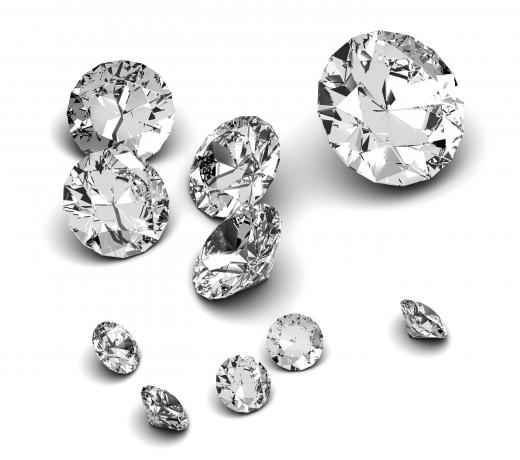How are Rubies and Sapphires Synthesized?
 Michael Anissimov
Michael Anissimov
Rubies and sapphires are different varieties of the mineral corundum, also known as aluminum oxide. Aluminum oxide is extremely common, making up more than 15% of the Earth's crust, but it is usually impure, appearing as an opaque rock. When corundum is very pure, it is transparent, and is considered a gem. Red corundums are called rubies, while all other colors (most frequently blue) are called sapphire. Corundums are prized partly because of their extreme hardness — the only naturally occurring mineral of greater hardness is diamond. A ruby can scratch practically anything but a diamond.
The synthetic production of ruby and other corundums began in 1837, when the chemist Gaudin made the first synthetic rubies by fusing chromium (pigment) with alumina at a high temperature in an environment containing oxygen. In 1847, Edelman synthesized white sapphire by fusing alumina in boric acid. In 1877, Frenic and Freil synthesized corundum crystals from which small stones could be cut. But it was not until 1903 that Frimy and Auguste Verneuil introduced the Verneuil process, also called flame fusion, for the mass production of ruby and sapphire. The Verneuil process allows the creation of rubies much larger and more flawless than nature could produce.

The basic principle of the Verneuil process consists of melting a powder of highly purified (>99.9995%) alumina using a 2000 °C (3600 °F) oxyhydrogen flame, causing droplets to slowly accrete on a boule (cylindrical crystal). The average commercial boule produced from this process is 13 mm (0.5 inches) in diameter, 25 to 50 mm (1 to 2 inches) long, weighing about 125 carats (25 g). It will be sold for anywhere between $1 US Dollar (USD) and $200 USD a carat. Several conditions must be met for the Verneuil process to go smoothly: the temperature of the flame cannot be much more than the minimum fusion temperature, the contact area between the boule and its base must be as small as possible, and always keep the melted product in the same part of the oxyhydrogen flame.
AS FEATURED ON:
AS FEATURED ON:












Discuss this Article
Post your comments